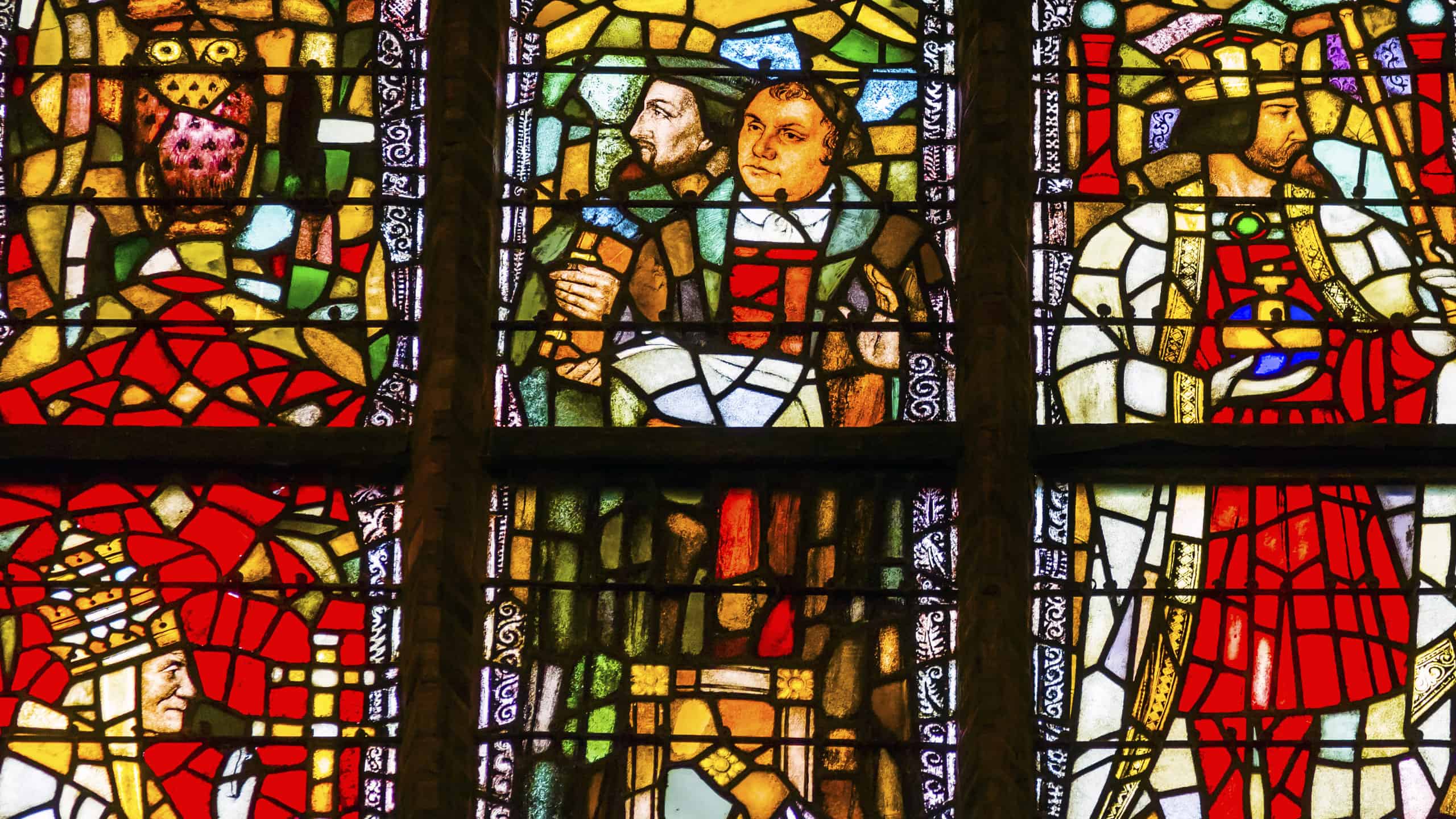When most people think of “medieval Christianity”—if they ever do—the Crusades come to mind. That’s understandable but also unfortunate, because much more went on in the medieval Roman Catholic Church than ginning up support for wars against Islam. And most of it was far less cringe-worthy!
Three developments, in particular, shaped the course of Western culture and deepened foundations that would enliven and sustain Christian renewal far into the next millennium.
Cathedral Construction: Anchoring Communities and Promoting Mobility
The first was a sweeping, continent-wide cathedral-construction project. Across Europe, through the 11th, 12th, and 13th centuries, bishops coordinated the parish churches under their jurisdiction (together, a “see”) to pool resources and build monumental worship spaces that would anchor communities and point people to God. The (literal) rise of cathedrals had a massive impact on the urbanization of Europe and made travel between cities more attainable for greater numbers of people. Increased mobility, in turn, made exposure to “outside” ideas and experiences more commonplace.
The Emergence of Scholasticism and the Founding of Universities
Second came the emergence of Scholasticism, concurrent with the founding of the first European universities. By wrestling with both Christian theology and ancient Greek philosophy, the Scholastics—including Anselm, Bonaventure, and Thomas Aquinas—laid the groundwork for what would become the Western philosophical and scientific tradition, which esteems critical analysis, vigorous (some might say “disputatious”) engagement with other scholars, and intellectual freedom. They and their peers advanced these values through universities, which grew from clergy-training cathedral schools, and began a centuries-long movement toward making literacy and education accessible to all people.
Monastic Reform: Opening up Devotion to the Masses
The third development was a response, in part, to the top-heaviness of the Roman Catholic Church, which had become mired in clericalism. For lay people (non-clergy) in Europe, there were relatively few options for exploring and expressing deep personal devotion . . . until the 12th and 13th centuries, when the millennium-old tradition of Christian monasticism underwent large-scale, bottom-up reform. Francis of Assisi, a well-to-do merchant’s son, took a vow of poverty and, instead of closing himself off in a monastery or hermitage, wandered the Italian countryside to preach and serve everyday people. The religious order he founded, the Franciscans, practiced Christian hospitality by keeping their monasteries open to the public, offering regular believers a place to pray, to seek pastoral care and guidance, and to hear a word from God in their local vernacular (rather than only in Latin, the language of the Mass). Other monastic orders founded or reformed during the Middle Ages likewise helped to make practicing personal piety more accessible to people of all classes and social stations.
The Printing Press and the Spread of Luther’s Ideas
Together, these three developments within the Roman Church sowed the intellectual and devotional seeds for what would become the Protestant Reformation. But one non-ecclesial occurrence made as big or bigger an impact: the invention of moveable type by Johannes Gutenberg around the year 1450. Without the printing press, the ideas that fueled the Reformation could not have spread like wildfire across a continent whose people were hungry for a personal, transformational encounter with Christ.
By the early 1500s, the stage was set for Reformation.
German priest and monk Martin Luther, by his own account, did not intend to split the Church into new streams of faith. In nailing his Ninety-Five Theses to the door of Wittenberg Cathedral in 1517 (he was a professor of theology at the university), his intention was to spark debate among leading clergy that would inspire reform within the Roman Church. In particular, Luther criticized the selling of “indulgences,” which by that time had become, in all but name, a pay-the-priest-to-get-out-of-Purgatory system.
“I’ve read Paul’s letter to the Romans,” Luther said (in essence), “and that’s not how this faith thing works.”
Thanks to Gutenberg’s printing press, both Luther’s theological writings and his German translation of the Bible soon made it into the eager hands of lay and clergy readers across the continent. His ideas were printed in other European languages, inspired first-time vernacular translations of the Scriptures (including English), and provoked his excommunication from the Roman Catholic Church in 1521. But it was too late to hold back the tide of renewal.
The Protestant Reformation Across Europe
The Protestant Reformation swept across Europe, taking different shapes in various places according to spiritual climate, local custom, political situation, or charismatic leadership (often, all of the above). The four major Protestant tributaries that formed during the Reformation and were robust enough to endure into the present day (and give birth to further streams along the way) are Lutheranism, Calvinism, Anabaptism, and Anglicanism.
Across the Channel in Henry VIII’s court, politics played an outsize role in the English Reformation. An act of Parliament abolished papal authority in 1534, making King Henry (and his heirs) Supreme Head of the Church of England and thus granting him power to annul his first marriage (and second, third, fourth, and fifth). Politically self-serving as it was, many historians today recognize that the Anglican split from the Roman Church, settled by Henry’s daughter Elizabeth I, likely saved England from the prolonged and bloody religious wars endured for more than a century in continental Europe.
Of course, the Church of England would not lack for its own problems (mostly because, like every stream of Christianity, it was and is peopled by human beings). But it has given the broader Church gifts of inestimable value, including the Book of Common Prayer, the tradition of choral evensong, and (certainly not least) Methodism.



